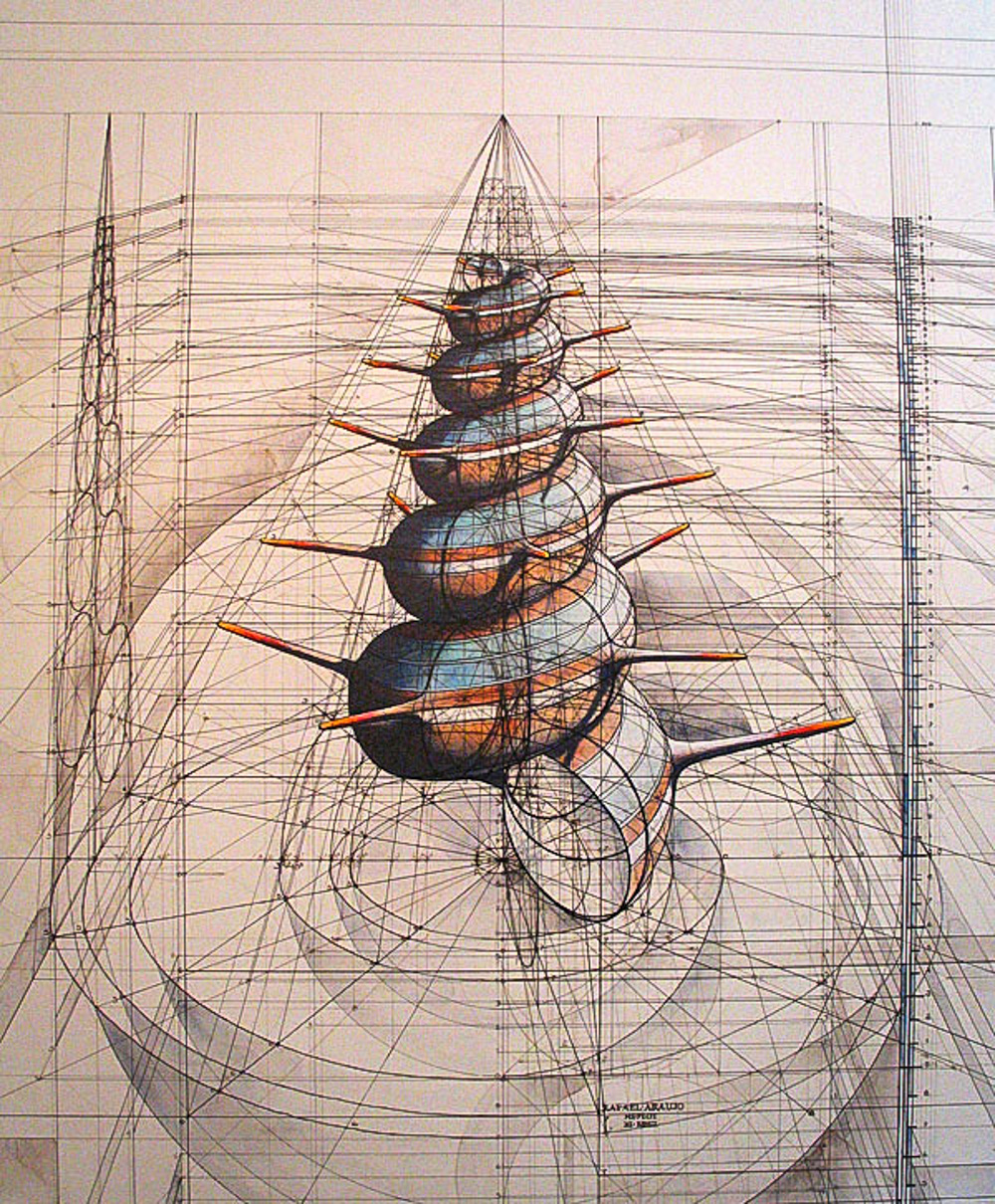What is CoRaL?
CoRaL is a working concept for a new non-disciplinary space on campus aimed at fostering creativity and collaboration. This website is meant to introduce you to the idea, and to share with you the reasons we think it could be significant at Swarthmore.
CoRaL: A Non-Disciplinary Hub
CoRaL [Creative Research Lab, Organisms & Artifacts] would not be just a maker space, nor a visual resource library – it would be both. While many institutions offer these facilities in isolation, they lack a unifying proximity. As a non-disciplinary hub, CoRaL could bring them together. In doing so, it poses a unique opportunity to provide both inspiration – from the collection – and hands-on experimentation – in the maker space – in a communal and open facility. With people thinking, seeing, and creating in shared space, cross-pollination of ideas is inevitable, and, from this recombination, unexpected and spontaneous outcomes might emerge from the diverse mélange of resources accessible in this space. It could be a place where people, things, disciplines, and ideas collide…we’d like to see the sparks.
Visual Resource Collection
The concept of the visual resource collection is, in essence, a library of things meant to inspire. Its contents could vary from biological specimens to complex geometric models to antique steam engines. Open access to this collection, which would be displayed beautifully and transparently, could foster a sense of curiosity about the material and tactile in an increasingly digital world. Further, it could act as a generative resource for the community by welcoming, as a library does, all sorts of activity – locating specific objects for research, wandering the halls for exploration, or elucidating objects for learning. As Swarthmore already has many amazing collections, CoRaL would serve to illuminate them for the community to see and be inspired.
Communal Workshops
The idea for the communal workshop is rooted in the idea of making. As an open and communal facility with resources for making, including tools for digital, mechanical, and manual fabrication, the workshop would be a haven for experimentation. Fewer and fewer students get the opportunity to participate in the fruitful process of solving problems with their head and their hands. Also, they rarely have an opportunity to try things without the risk of failure. CoRaL’s workshop would act as a place to do both, among other people doing the same things. Whether it is a student exploring japanese joinery, or a group of students building a solar powered speaker, the workshop would be a testing ground for creative innovation.
Our Process
Our aim for collecting this material was to explore the potential for Swarthmore College to consider developing a forum for exploring the intersections of disciplines through collaboration: CoRaL. To do so, we tried to flesh out the ideas of a visual resource collection and a communal workshop, and how they might fit into Swarthmore’s existing resources and curriculum. We also speculated about the possibilities of such a facility and how it might improve the Swarthmore experience. Below are some guiding questions that helped us through the process, and that we hope you will consider as you navigate the site.
How does a porous and non-disciplinary space reflect the mission of the college?
What are some of examples of things created in similar spaces?
What would CoRaL need to realize its mission?
What does Swarthmore already have that could go into CoRaL?
What other institutions have facilities and programs similar to CoRaL?
How could CoRaL influence development of curriculum and pedagogy?

